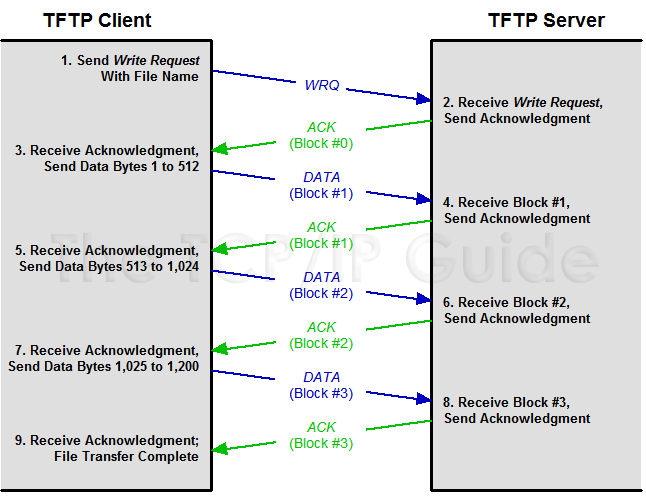 |
|
Please Whitelist This Site?
I know everyone hates ads. But please understand that I am providing premium content for free that takes hundreds of hours of time to research and write. I don't want to go to a pay-only model like some sites, but when more and more people block ads, I end up working for free. And I have a family to support, just like you. :)
If you like The TCP/IP Guide, please consider the download version. It's priced very economically and you can read all of it in a convenient format without ads.
If you want to use this site for free, I'd be grateful if you could add the site to the whitelist for Adblock. To do so, just open the Adblock menu and select "Disable on tcpipguide.com". Or go to the Tools menu and select "Adblock Plus Preferences...". Then click "Add Filter..." at the bottom, and add this string: "@@||tcpipguide.com^$document". Then just click OK.
Thanks for your understanding!
Sincerely, Charles Kozierok
Author and Publisher, The TCP/IP Guide
|
|
|

Custom Search
|
|
TFTP Detailed Operation and Messaging
(Page 3 of 3)
TFTP Write Process Steps
Here are the steps in the same process, but where the client is writing the file (see Figure 294):
- The client sends a write request to
the server, specifying the name of the file.
- The server sends back an acknowledgment.
Since this acknowledgment is prior to the receipt of any data, it uses
block number zero in the acknowledgment.
- The client sends a data message containing
block #1, 512 bytes of data.
- The server receives the data, sends
back an acknowledgment for block #1.
- The client sends block #2, 512 bytes
of data.
- The server receives the data, sends
back an acknowledgment for block #2.
- The client sends block #3, containing
176 bytes of data. It waits for an acknowledgment before terminating
the logical connection.
- The server receives block #3 and sends
an acknowledgment for it. Since this data message had fewer than 512
bytes, the transfer is done.
- The client receives the acknowledgment
for block #3 and knows the file write was completed successfully.
Figure 294: TFTP Write Process
This example shows the client sending the same 1,200-byte file to the server that it read in Figure 293. The client sends a write request to the server, which acknowledges it; it uses block #0 to represent acknowledgment of the request prior to receipt of any data. The client then sends blocks of data one at a time, each of which is acknowledged by the server. When the server receives block #3 containing fewer than 512 bytes of data, it knows it has received the whole file.

|
|
| |||||||||||||||||||
Home - Table Of Contents - Contact Us
The TCP/IP Guide (http://www.TCPIPGuide.com)
Version 3.0 - Version Date: September 20, 2005
© Copyright 2001-2005 Charles M. Kozierok. All Rights Reserved.
Not responsible for any loss resulting from the use of this site.







 Key Concept: A TFTP read operation begins with the client sending a Read Request message to the TFTP server; the server then sends the file in 512-byte Data messages, waiting after each one for the client to acknowledge receipt before sending the next. A TFTP write operation starts with a Write Request sent by the client to the server, which the server acknowledges. The client then sends the file in 512-byte Data blocks, waiting after each for the server to acknowledge receipt. In both cases there is no explicit means by which the end of a transfer is marked; the device receiving the file simply knows the transfer is complete when it receives a Data message containing fewer than 512 bytes.
Key Concept: A TFTP read operation begins with the client sending a Read Request message to the TFTP server; the server then sends the file in 512-byte Data messages, waiting after each one for the client to acknowledge receipt before sending the next. A TFTP write operation starts with a Write Request sent by the client to the server, which the server acknowledges. The client then sends the file in 512-byte Data blocks, waiting after each for the server to acknowledge receipt. In both cases there is no explicit means by which the end of a transfer is marked; the device receiving the file simply knows the transfer is complete when it receives a Data message containing fewer than 512 bytes.